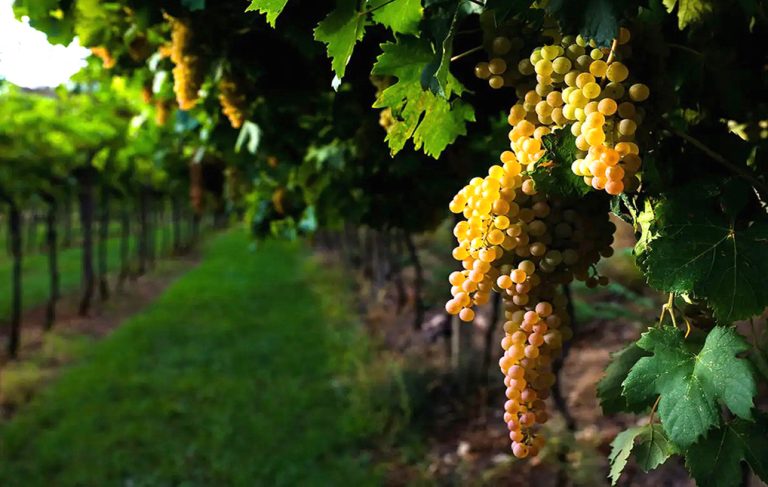According to David Beasley, executive director of the World Food Programme (WFP) at the United Nations (UN) Russia’s ongoing military offensive in Ukraine is putting markets in “serious turmoil” and he’s warning that “the bullets and bombs in Ukraine could take the global hunger crisis to levels beyond anything we’ve seen before.”
Ukraine — along with Russia — is one of the world’s most productive growing regions. However, due to the Russian invasion starting Feb. 24, work in the fields has all but ground to a halt, causing the price of food staples and fertilizer to rise to near record levels. Wheat prices have surged to a level not seen since the global food crisis of 2007-2008.
The last time wheat prices spiked to this level (2007-2008) protests spread throughout nearly 40 countries and the surge in the cost of wheat is said to have been one of the triggers for the Arab Spring uprisings in 2009 and 2010.
“This is not just a crisis inside Ukraine,” said Beasley. “This is going to affect supply chains, and particularly the cost of food.”
Imminent supply crisis
According to Bloomberg, “Ukraine and Russia together account for more than a quarter of global trade of wheat, used in everything from bread to noodles and livestock feed,” and that “The conflict has closed major ports in Ukraine, and severed logistics and transport links. Trade with Russia has also been stifled by the complexity of navigating sanctions and soaring insurance and freight costs.”
Success
You are now signed up for our newsletter
Success
Check your email to complete sign up
In addition, “Futures in Chicago jumped by the daily limit for the sixth straight session, rising 7% to $12.94 a bushel. That builds on a massive surge of 41% last week, the most in data spanning six decades,” Bloomberg reported.
One of the countries most acutely impacted is China, which in 2021 imported more than 8 million tons of corn from Ukraine, making up nearly a third of China’s total corn imports for that year. Ukraine also supplies many other foodstuffs to the world’s most populous nation.
After the Russian invasion, the People’s Republic of China (PRC) government ordered agencies and state companies to “scour markets for materials including oil and gas, iron ore, barley and corn to fill any potential gaps brought on by the conflict,” according to a Bloomberg News report.
In Egypt, where bread prices are heavily subsidized, the government is reportedly considering a price increase however Prime Minister Mostafa Madbouly said the increase would be enacted in a way that ensures “the neediest people are not harmed.”
Wheat is not the only staple that is threatened. Should Russia’s aggression continue into the spring, planting of crops like corn and sunflower could be impacted and experts expect the winter-grain yields may be hampered, extending the supply shock on global markets.
Ukraine is the world’s top sunflower oil exporter and the country’s lost trade is said to already be having an impact on global vegetable oil supplies.
China, which heavily relies on imports of Russian and Ukrainian wheat, has lifted all trade barriers to grains from the world’s largest country — which Beijing on March 7 said was China’s most important “strategic partner.”
Price of fertilizer compounding the problem
The price of fertilizer, produced using raw materials that are abundant in Russia and Belarus, including phosphate, potash and ammonia derived from natural gas, is soaring.
Svein Tore Holsether, CEO of Norwegian chemical company Yara International told the BBC, “We were already in a difficult situation before the war” referring to higher fuel and shipping costs as well as extreme weather that has ravaged many parts of the globe.
“Half the world’s population gets food as a result of fertilizers… and if that’s removed from the field for some crops, [the yield] will drop by 50%,” Holsether said. “For me, it’s not whether we are moving into a global food crisis,” he added. “It’s how large the crisis will be.”
Holsether’s comments come after global food costs hit an all-time peak last month, according to the UN, and Russia’s continued aggression in Ukraine is expected to make inflationary pressure even worse.
Lower-income nations that rely heavily on grain imports are at the most risk for food insecurity.
For instance, Ukraine supplies close to 90 percent of Lebanon’s wheat imports and Ukraine is the leading supplier for countries including Somalia, Syria and Libya, according to the Financial Times.
The UN Food Programme itself is at risk as well. According to the Financial Times, “The U.N. World Food Programme (WFP), which procures grains and food to distribute to poorer countries, bought just under 1.4m tonnes of wheat last year of which 70% came from Ukraine and Russia. Prior to the invasion it was already facing a 30% increase in the cost of wheat, because of poor harvests in Canada, the U.S. and Argentina. The latest surge in grain prices would further curtail its ability to provide aid.”
Holsether described the war in Ukraine as “a catastrophe on top of a catastrophe” that has exposed just how vulnerable the global food supply chain is to external shocks.
“We have to keep in mind that in the last two years, there’s been an increase of 100 million more people that go to bed hungry,” said Holsether. “So for this to come on top of it is really worrying.”

















